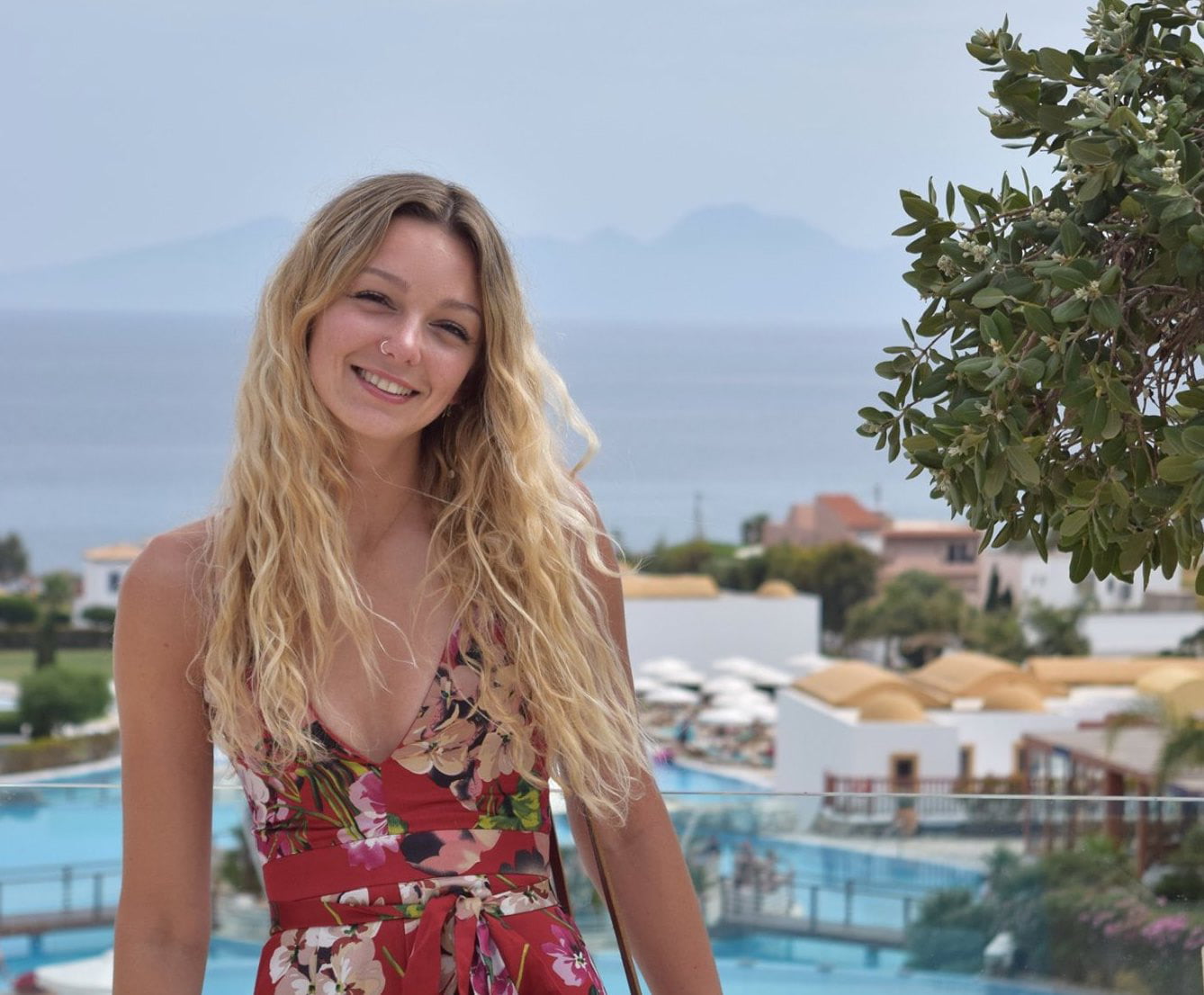Back in the early months of this year I was on the hunt to complete the next chapter of my degree. As part of my MSc Marine Environmental Management course at the University of York I was required to carry out an external placement project of my choice and when searching for an organization or institute to work with it can be difficult to find somewhere that both inspires you and communicates the same passions as you do. So, when I stumbled across the Institute for Marine Research (IMR) website, I couldn’t help but jump at the opportunity to contact them. The reasons for their establishment and what they strive to achieve through their research goals is inspiring and not to mention their use of unique and innovative research techniques. As a fellow coral reef ecology and conservation enthusiast, this seemed like the perfect place to apply myself to gain new valuable practical skills and in-field work experience for my future career. So, as you can imagine I was thrilled to receive an email from Chelsea and Rafael accepting the offer to host my summer placement and project.
Unfortunately, due COVID-19, my Philippine adventure was cancelled, forcing me to hang up the dive gear for another year. But despite all the bad luck, Chelsea and Raf were extremely generous and welcomed me to continue my placement remotely, working alongside the science team at IMR and I’m so grateful that they did. When discussing potential projects, the team were supportive to my ideas and their flexibility allowed me to develop research that was both focused to my interests and contributing toward their own long-term monitoring projects. Data was sent in very manageable and clear spreadsheets, after being filtered by the team so I was to receive only the necessary data for my project. Unlike previous organisations I’ve worked with, spreadsheets were clearly labeled and did not require endless hours of checking data entries, as errors are often common when entered by multiple volunteers.
Jenifer (Head of science) became my main point of call for all further development of the project and for any supporting advice I may need. Together we finalized the project to investigate what ecosystem factors (benthic composition, habitat complexity, depth, seasonality) influenced the assemblage characteristics of three commercially important reef fish families: Wrasse (Labridae), Snappers (Lutjanidae) and Seabass and Groupers (Serranidae) within Dauin’s reef sites. After weeks of drowning in lines of code, statistical models and the infamous error warning messages of R studio, I finally got some results and some that were very surprising and unexpected to say the least!
Four key biological and physical habitat characteristics (% abiotic cover, % coral cover, % octocoral cover and depth) were found to highly influence Wrasse biomass (g), length (cm) and abundance across sites. Percentage coral cover was found to negatively impact the assemblage of Wrasse and larger more abundant individuals were found in areas of greater sand, rubble and rock. Wrasse are a dominant group of coral reef benthic carnivores and this habitat association allows for shelter and nesting within reef rubble but increases the availability of invertebrates that burrow in sand for foraging. Snapper assemblages were positively correlated with increasing cover of sponges and are known to provide a range of commercially targeted fish species with important shelter and foraging habitats. Seabass and Groupers from the Serranidae family were highly influenced by a variety of benthic substratum such as percentage live coral cover, dead coral cover and algal cover, with a greater abundance found at shallower depths of 5 m. Unusually, the assemblage characteristics of this family negatively correlated with the amount of coral cover and contradicts many other studies. I found that this may be due to the life stage of individuals surveyed and the variety of behaviours observed between Grouper and Seabass species. The results from this project could help toward focusing managing schemes for the various Marine Protected Areas of Dauin, to sustain commercially important fish populations across the reefs.
As you can imagine developing and carrying out a project over the phone and through emails is challenging in itself alone without juggling time differences and pandemics! But the science team at IMR did so, professionally and provided such as much support as I needed and with patience. And although I didn’t quite get to expand on my practical infield skills, the communication, research and data handling skills I learnt through this remote placement are credited to the knowledgeable and friendly team at IMR. I really look forward to finally jumping on a plane to meet the team in person and learn their methodology in the not-too distant future!


